Faux leather, also known as synthetic leather or vegan leather, has taken the world by storm with its stylish look, eco-friendly nature, and affordability.
This versatile material has made a significant impact in various industries, from fashion to furniture, offering a cruelty-free alternative to traditional leather.
In this comprehensive guide, we dive deep into the world of faux leather, exploring its origins, manufacturing process, benefits, applications, and the reasons why it has become a popular choice for consumers and businesses alike.
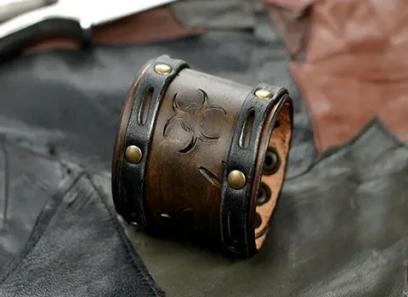
.
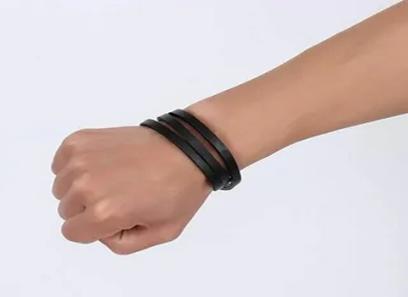 Faux leather has been around for decades, but it has gained prominence in recent years as consumers become more conscious of the environmental impact of their purchases.
Faux leather has been around for decades, but it has gained prominence in recent years as consumers become more conscious of the environmental impact of their purchases.
This synthetic material is designed to mimic the look and feel of real leather, without the need for animal hides.
The manufacturing process of faux leather typically involves using a variety of materials such as polyurethane (PU) or polyvinyl chloride (PVC) to create a durable and versatile fabric that closely resembles genuine leather.
The benefits of faux leather, including its affordability, durability, versatility, and sustainability, make it a compelling option for consumers and businesses alike.
By choosing faux leather over traditional leather, you can make a positive impact on the environment, support ethical practices in the fashion and furniture industries, and enjoy high-quality products that offer both style and functionality.
..
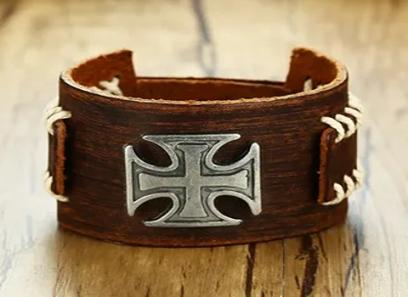 The process of creating faux leather involves several steps to achieve the desired texture, appearance, and quality.
The process of creating faux leather involves several steps to achieve the desired texture, appearance, and quality.
Manufacturers start by applying a base layer of fabric, which is then coated with a polymer such as PU or PVC.
This coating is embossed with a grain pattern to give the fabric its leather-like appearance.
Additional treatments may be applied to enhance the durability, flexibility, and water resistance of the faux leather.
Unlike genuine leather, which requires the use of animal hides and tanning processes that can be harmful to the environment, faux leather is produced using synthetic materials that are cruelty-free and more sustainable.
This eco-friendly aspect of faux leather makes it an attractive option for consumers who want to make a positive impact on the planet.
…
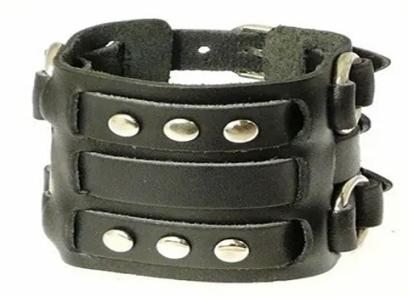 In the end, whether you’re a conscious consumer looking to make ethical fashion choices, a business owner interested in sustainable production practices, or simply someone who appreciates the beauty and versatility of faux leather, embracing this remarkable fabric can open up a world of possibilities for creating a more stylish, practical, and sustainable future.
In the end, whether you’re a conscious consumer looking to make ethical fashion choices, a business owner interested in sustainable production practices, or simply someone who appreciates the beauty and versatility of faux leather, embracing this remarkable fabric can open up a world of possibilities for creating a more stylish, practical, and sustainable future.
So, join the faux leather revolution today, and experience the beauty, durability, and affordability of this extraordinary fabric that continues to captivate hearts and minds around the world!
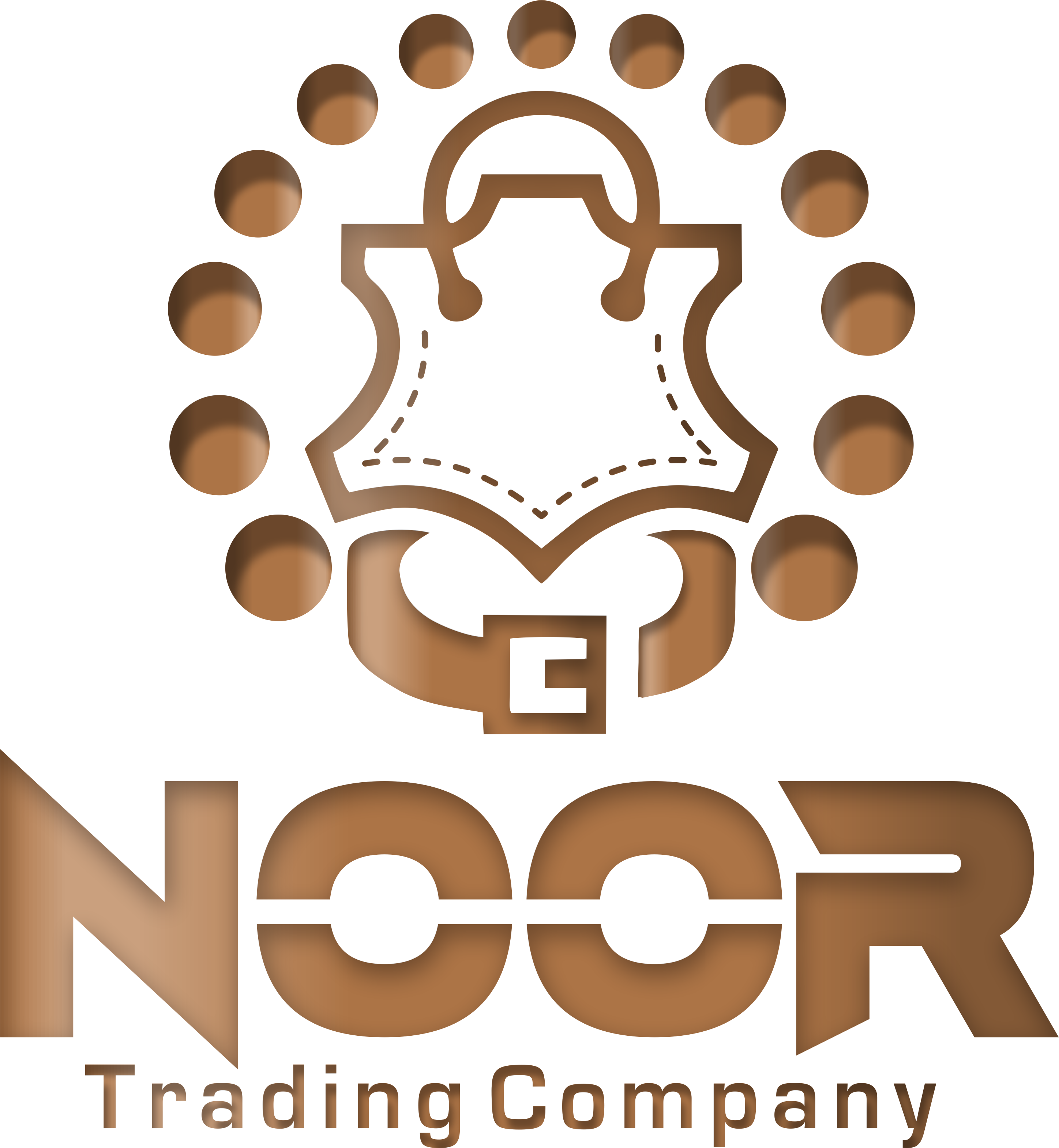
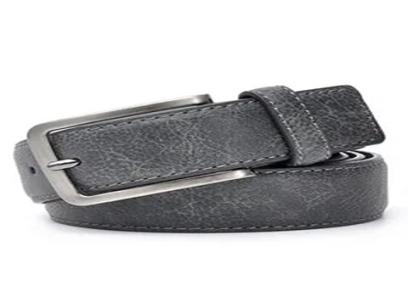

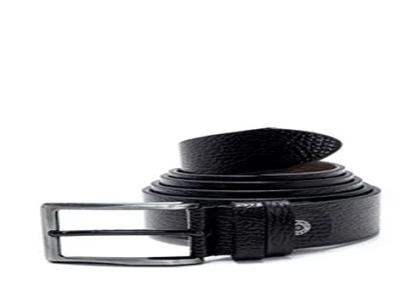
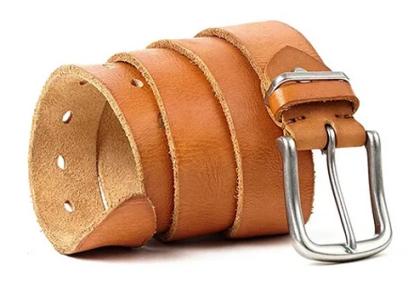
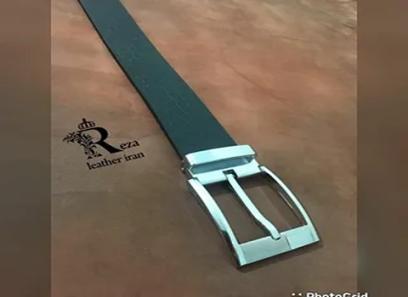
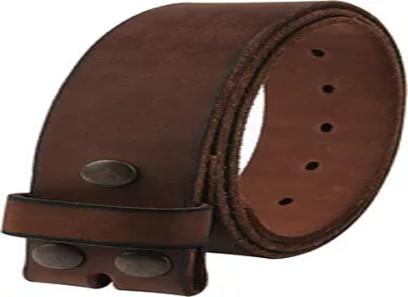
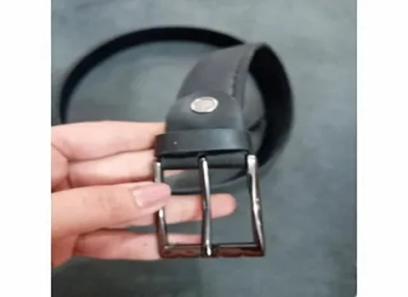
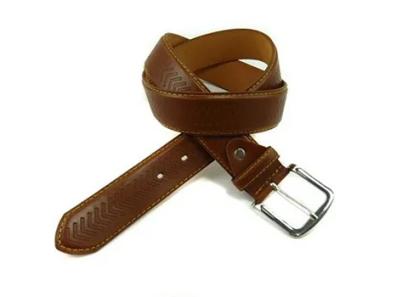
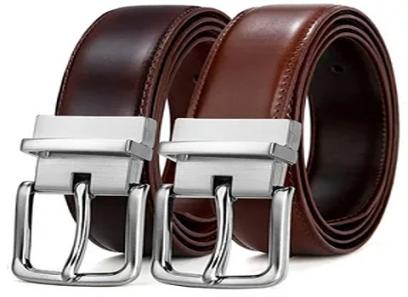
Your comment submitted.